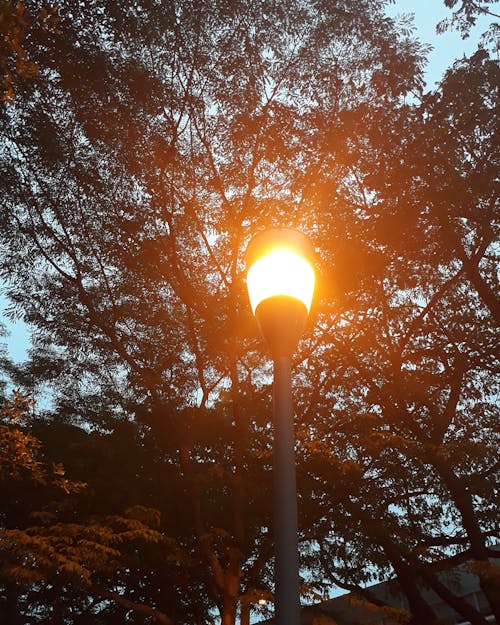Light pollution is the introduction of artificial light into
the outdoor
environment. Its impacts are many. Light pollution disrupts
natural
diurnal patterns of light and dark and the rhythms of life
to which
plants, animals, and humans have adapted, interrupting
circadian
sleep cycles, interfering with normal plant growth and
disturbing the
habitat of nocturnal wildlife.
Light pollution interferes with the ability to view and
observe the
the night sky, stars, and planets. It causes light trespass,
which is the
nuisance spillage of light from one property onto another,
risking
the conflict between neighbors. It can cause safety hazards,
such as
glare and temporary blindness, for drivers. Light pollution
wastes
energy, causing associated adverse environmental and
economic
impacts.
Night lighting for surveillance can actually increase
security risks.
has shown that night lighting might not lower crime levels.
Lights
left on all night provide no signal of illegal activity,
whereas lighting
turned on by motion sensors can serve as just such a signal,
and can
possibly deter intruders. Exterior lights can also cause
glare in some
areas and shadows in others, which can mask intruder access.
Strategies to reduce or eliminate light pollution include
selecting
light fixtures that minimize spillage and focus light
downward rather
than outward and upward into the sky. A variety of other
design
choices can also reduce light pollution, such as specifying
pathway
lighting instead of higher pole-mounted area lighting; using
pole mounted
lighting instead of wall-mounted lighting; locating outdoor
amenities, such as parking and outbuildings, closer together
and
nearer to the main buildings they serve; designing lower
levels of
lighting and eliminating up lighting; and specifying such
controls
as motion sensors that keep exterior lights off most of the
time.
Installation strategies include aiming light fixtures
downward and
commissioning outdoor lighting controls, such as delay
settings for
motion sensors and timer schedules. Another option is to
eliminate
exterior lighting wherever possible.
A related issue is spillage of light from the indoors to the
outdoors.
Solutions to this problem include installing lighting
controls to turn
lights off when not needed at night; reducing light levels
indoors
during late-night hours; eliminating windows in spaces not
requiring
them, such as stairwells and utility areas; reducing window
size in
areas where larger windows are not needed; adjusting the
relative
location of lights and windows; reducing lighting near
windows,
shielding light fixtures, and avoiding orienting lights
toward the
outdoors.

Comments
Post a Comment